ICYMI: 2018’s top science offerings
From gene-edited babies to firenados and lavanados, the year offered both stunning news and curiosities

Here’s our top-10 list of important events and discoveries — ones not to be missed.
Nancy Moulding/SNS
By Janet Raloff
If you’re anything like us, you were bombarded this year with news feeds screaming for your attention. Can you remember the highlights? Did you take a break and go digital-free for a bit? What did you miss? Never fear. Here’s a quick update on the science highlights of 2018 — just before the new year begins dropping an onslaught of more cool news your way.
10. Wombats’ cubic wastes
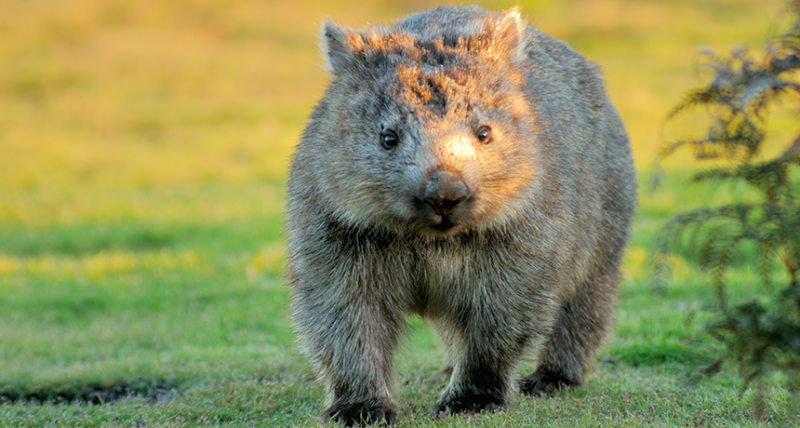
This probably isn’t news you can use — wombats, after all, are the only creatures to poop neat little cubes. How do they create that uniquely shaped scat? Some Georgia Tech engineers puzzled that out, building model systems with the same balloons used to make balloon animals — and ran a bunch of tests. (They also tested whether the poop cubes can be rolled like dice.) Intestinal elasticity, they learned, is the key to the shape of wombat scat.
9. Computers get good at making, catching fake news

The internet is a fire hose of claims and supposedly true information, and people need help sorting truth from fakery. A host of new digital fact-checkers are trying to meet this challenge. Other computer programs, meanwhile, are learning how to alter video in hard-to-tell ways. The new video can send new words out of people’s mouths or put new expressions on their faces. Watch out.
8. Kilauea demanded the world take notice
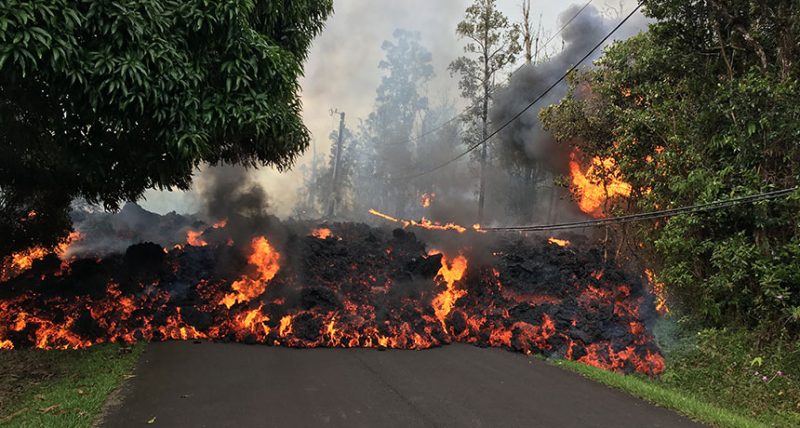
Kilauea is one of six volcanos that formed Hawaii’s Big Island over the past million years. In 2018, this beast showed it was far from a sleeping giant. Shallow earthquake activity gave rise to a fanfare of volcanic fireworks in May. Nearly two dozen fissures opened in the ground during a 3-month-long eruption. Fountains of molten rock sometimes shot up 70 meters (230 feet), setting treetops on fire. A lava whirlwind, or lavanado, even danced briefly atop one fissure.
7. Eclipse affected weather — and wildlife
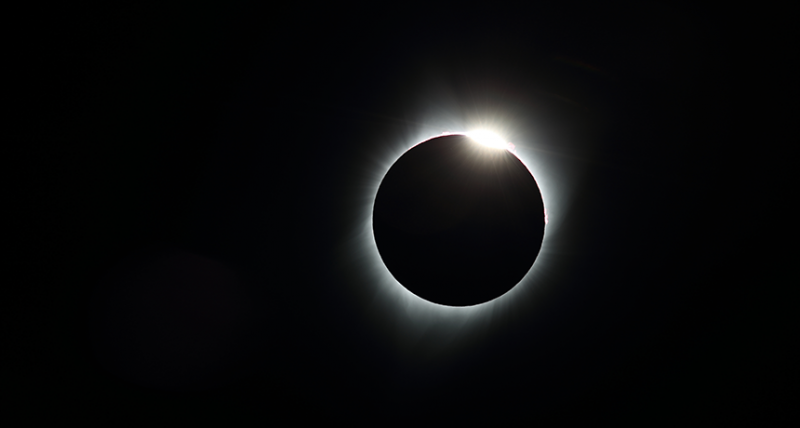
Last year’s Great American Eclipse produced a short-term cooling along its path — and more. Wind speeds changed. Some clouds evaporated in the abrupt cooling. In short, as the moon briefly threw shade, the local weather changed. People aren’t the only ones to have noticed the eclipse, though. Animals did, too, researchers are finding. For instance, bees stopped buzzing during the brief darkness.
6. Cigarette smoke can hitchhike to nonsmoking sites

Exhaled cigarette smoke can glom onto walls and other surfaces. This so-called “thirdhand smoke” may end up even in supposedly smoke-free spaces, a new study showed. This means people can encounter harmful air pollutants due to cigarette smoke even in rooms where no one had ever smoked.
5. Cell phones as teen security blankets — and risks

A smartphone can sometimes be a comfort in anxious situations, such as when someone is excluded from a group, a new study found. But this was true only when that phone was handy, not when it was used. These same digital “security blankets” have their downsides. For one, when used in the classroom, phones can make your grades suffer — and those of your classmates. But more importantly, they put your privacy at risk. Apps can record sounds, share a phone’s location, take photos and then extract the data — all without a user’s knowledge!
4. Wilder wildfires hit the U.S. West
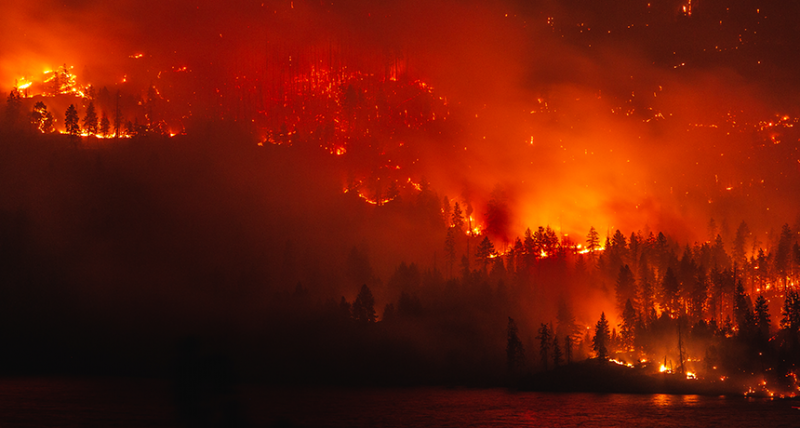
The Mendocino Complex fire, the biggest in California history, ignited in late July and burned until mid-September. It scorched 185,800 hectares (459,123 acres) and led to one death. In contrast, the smaller Camp Fire in November took the lives of 85 people, while burning through only about a third as much land. Such fires are becoming more common in the Western United States, more destructive and more polluting. One of them even spawned a rare firenado. Has global warming been fanning the flames of these events? That’s what scientists are seeking to learn.
3. New way to measure mass will avoid unexpected weight-loss
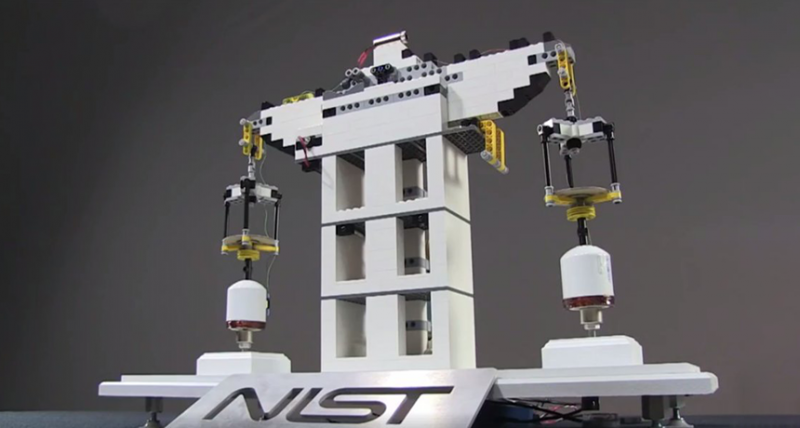
NIST
On November 16, hundreds of scientists gathered in Paris, France, and voted to change the meaning of the word kilogram. For decades, this unit of mass been based on a squat metal cylinder called Le Grand K that lived in a French vault. Starting next May, though, the kilogram will be defined by a mathematical formula that uses Planck’s constant — a natural constant of the universe. You’ll never notice the changeover, but it will make a difference to everyone who measures weight in kilograms or pounds.
2. Science links many extreme events to climate change
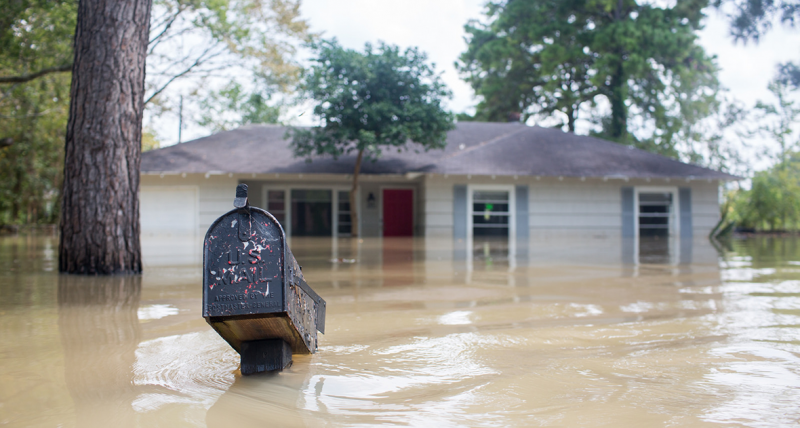
Human-caused climate change has been altering the planet. Driving that change is a growing rise in greenhouse gases, such as carbon dioxide. And 2018 will host the world’s highest CO2 levels in modern times. That is causing many aspects of our world to change. Among them: extreme weather, such as hurricanes and heat waves. Scientists are now able to solidly link some extreme weather events to global warming. September’s Hurricane Florence, for instance, ended up bigger and dumped 50 percent more rain than in a world with no human-caused warming.
1. Scientist claims to have edited babies’ genes
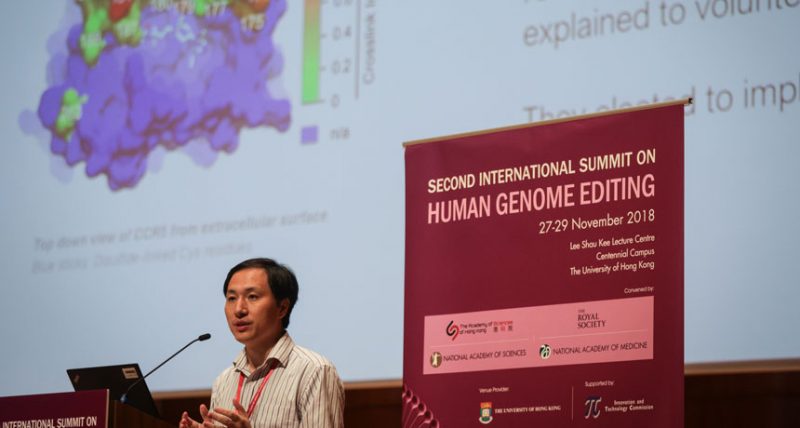
A Chinese scientist surprised researchers from around the world in late November with the claim that he had created the world’s first gene-edited babies. Their altered genes should make them less vulnerable to the AIDS virus (which infects their dad), the researcher said. And it forever changed the DNA in ways that can be passed down to all future generations. Reactions were swift. Experts condemned the move. Altering the genes of human embryos is premature, they said, and could pose unneeded health risks.







